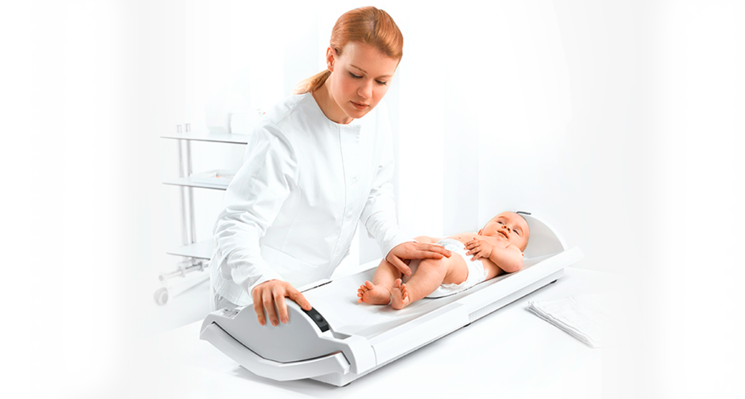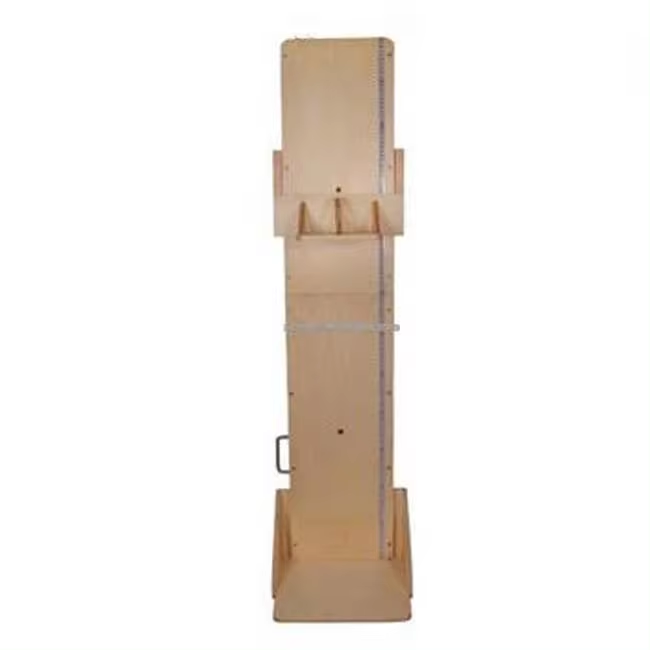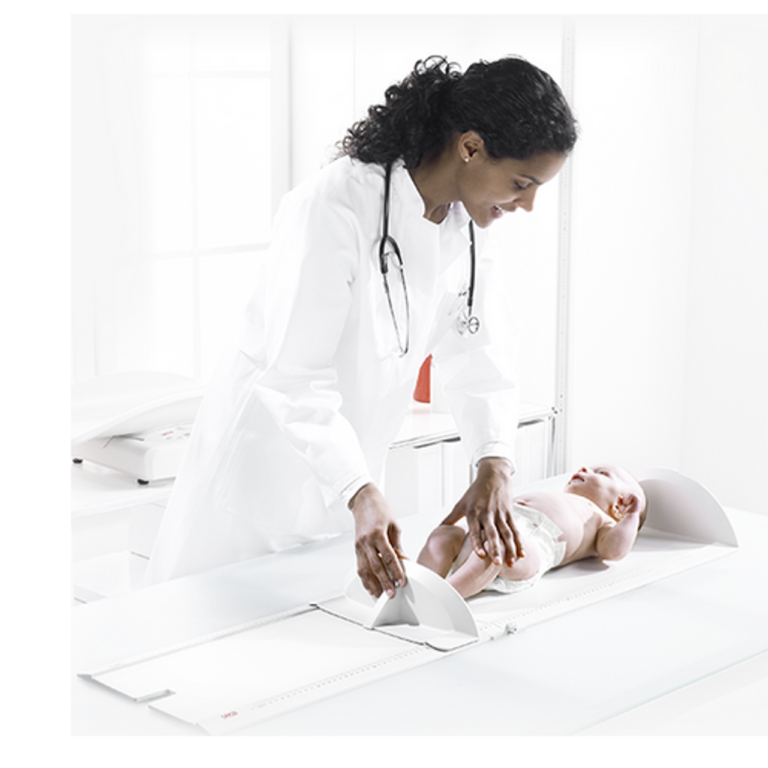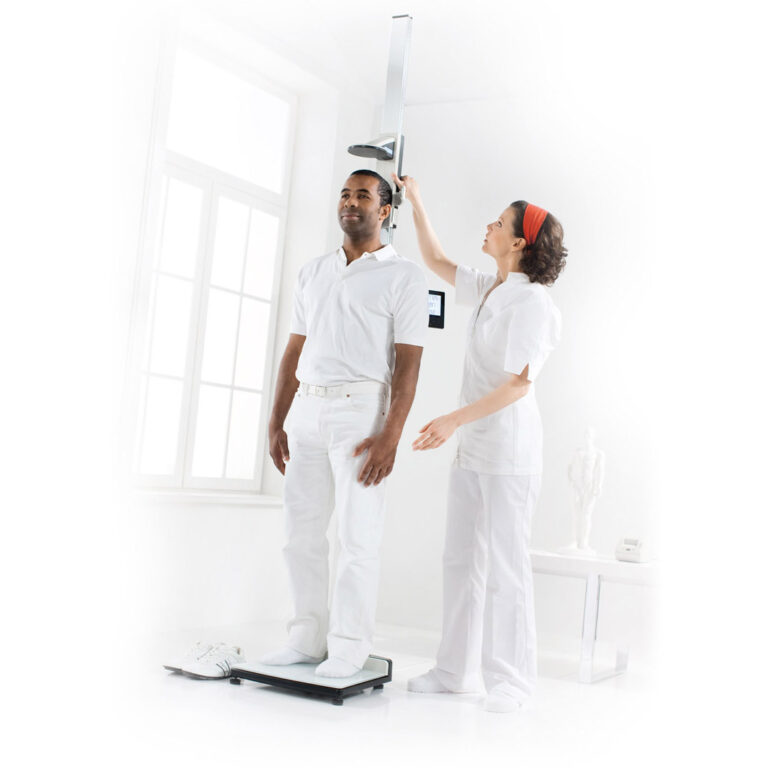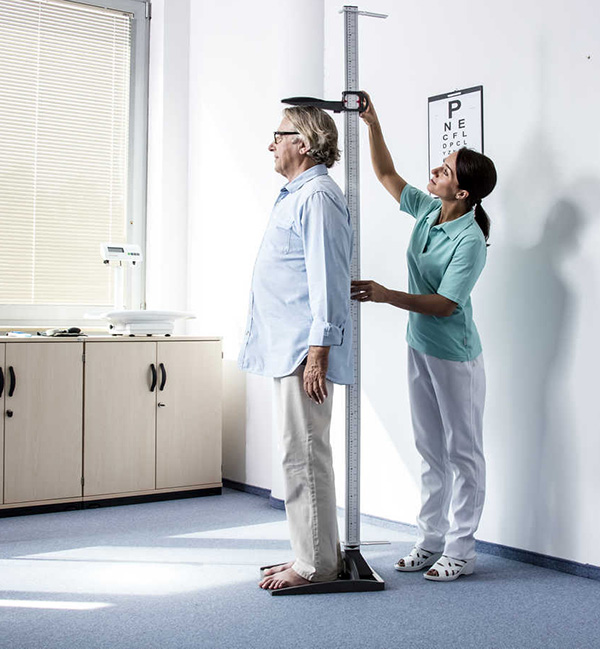Wellness Screening
Accurate height measurements are an important component of wellness screening. These are some of the reasons that height can be so important.
- A change in height: A sudden increase or decrease, can indicate a possible medical condition that requires more evaluation.
- Height and weight ratio: Height and weight are used together to calculate the body mass index (BMI), which is a measure of body fat and can help identify obesity and other weight-related health problems.
- Bone health: Height is an indicator of bone health, and changes in height can be a sign of conditions such as osteoporosis, which is a loss of bone density and an increased risk of fractures.
- Chronic conditions: Height can also be affected by certain chronic conditions, such as spinal problems, hormonal imbalances, and nutritional deficiencies, which can impact overall health and well-being.
- Monitoring growth and development: Height is used to monitor growth and development in children and adolescents, and this information can also be important for monitoring changes in height in adults.
Health Monitoring
Height Measuring
By regularly monitoring height, medical professionals can provide comprehensive health assessments and identify potential health problems early on.
Even if you feel fine, you should still see your healthcare provider for regular checkups. These visits can help you avoid problems in the future. Height, weight, and BMI should be checked at every exam. Many companies and schools are doing regular wellness screening of employees or students.
Assessing Growth of Infants and Toddlers
Recumbent length is regularly assessed in children less than 2 years old it is an important part of monitoring their growth and development …
How to use an Infantometer
A medical device called an infantometer is used to measure an infant’s recumbent length. When a child is not able to stand, length needs to measured …
Growth Screening
Every year, many children who attend in public schools have their weight and height measured …
Assessing Growth in Children
Assessment of human development in children needs precise and reproducible measurements of height …
HLMD – Height Length Measuring Device
HLMD refers to one device that is used to measure patients height from infant to adult. This would measure recumbent length or stature …
Pediatric Stadiometry
Height measurement using a stadiometer (stadiometry) is a crucial metric for pediatricians and their patients to track deviations in growth …
Accurate Length Measuring – Infants
A medical device called an infantometer is used to measure an infant’s recumbent length. When a child is not able to stand, length needs to measured …
Accurate Height Measuring
Assessment of human development in children needs precise and reproducible measurements of height …
Height Measurement Procedure
This height measurement procedure is more for height research studies to ensure accurate adult height assessments …

